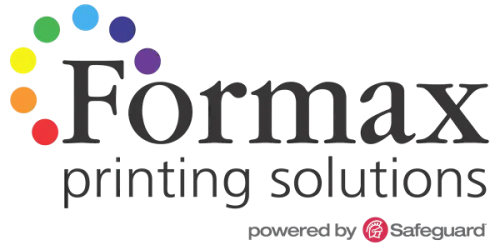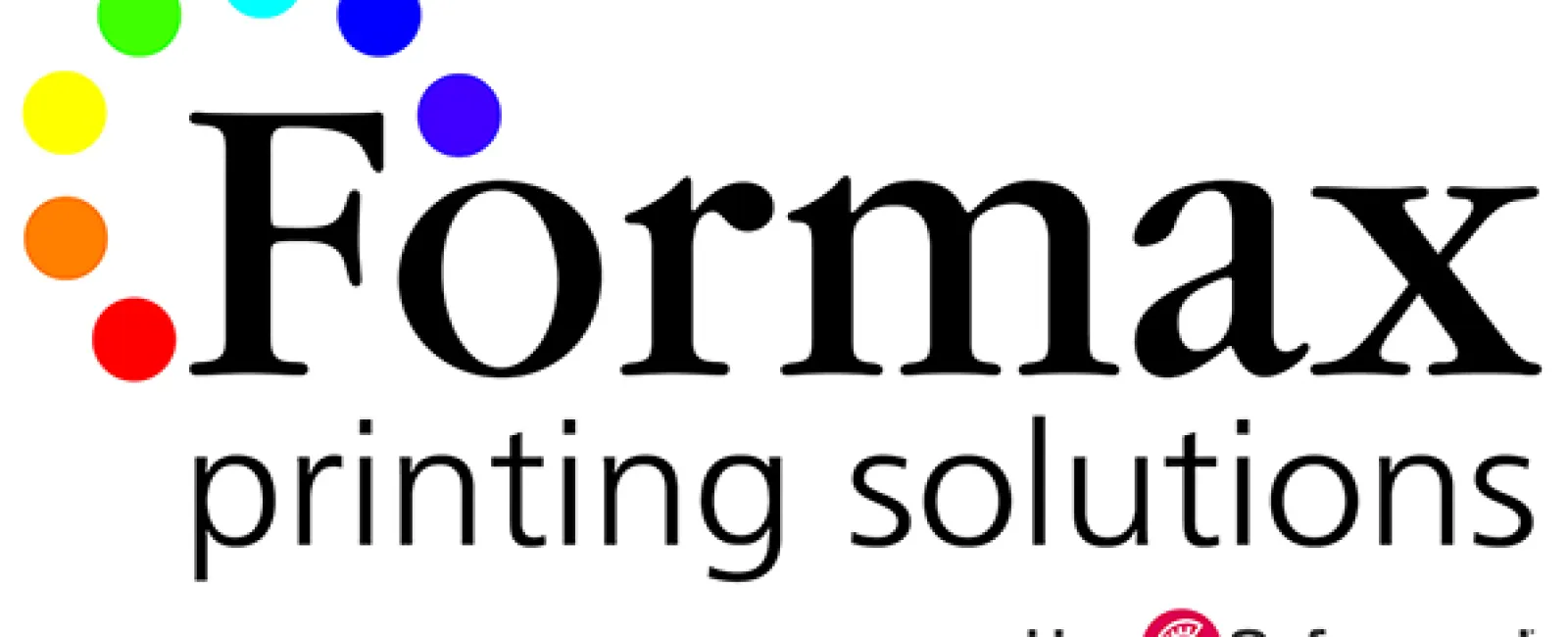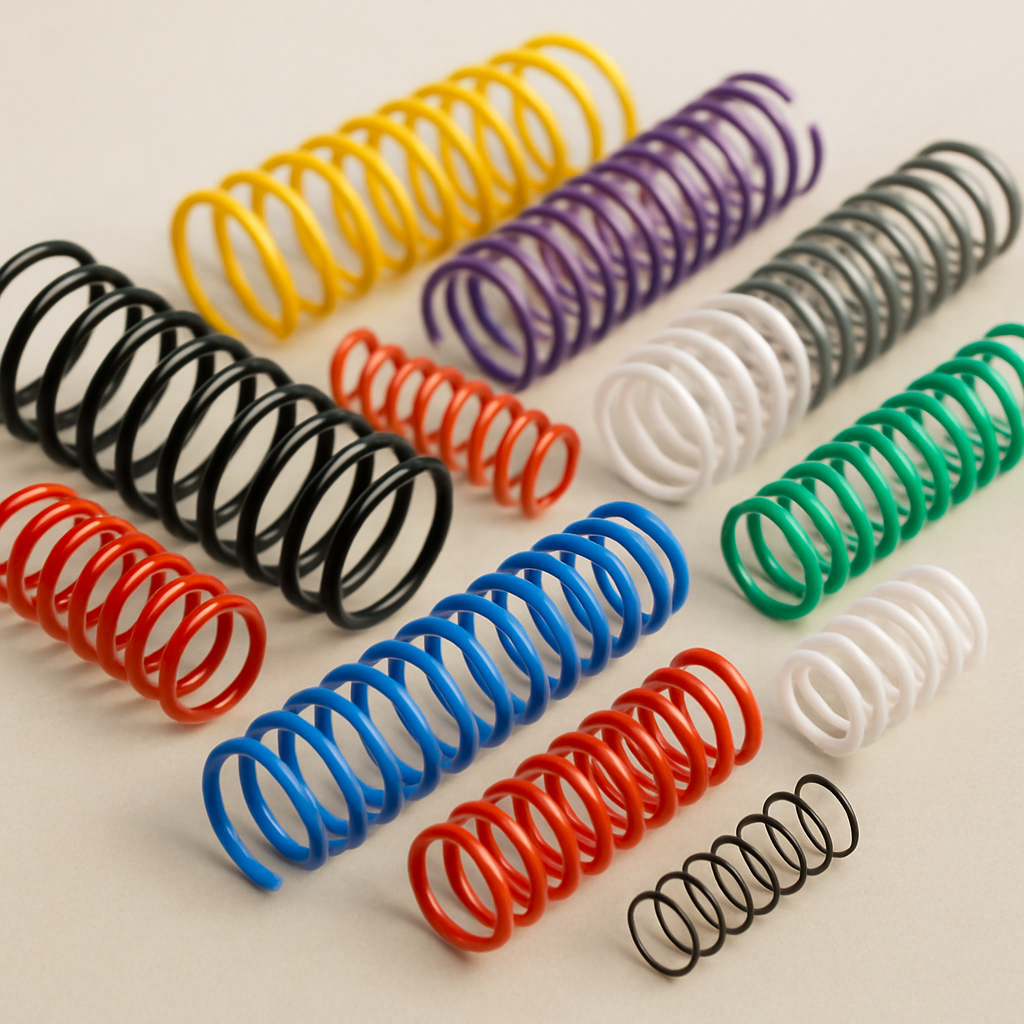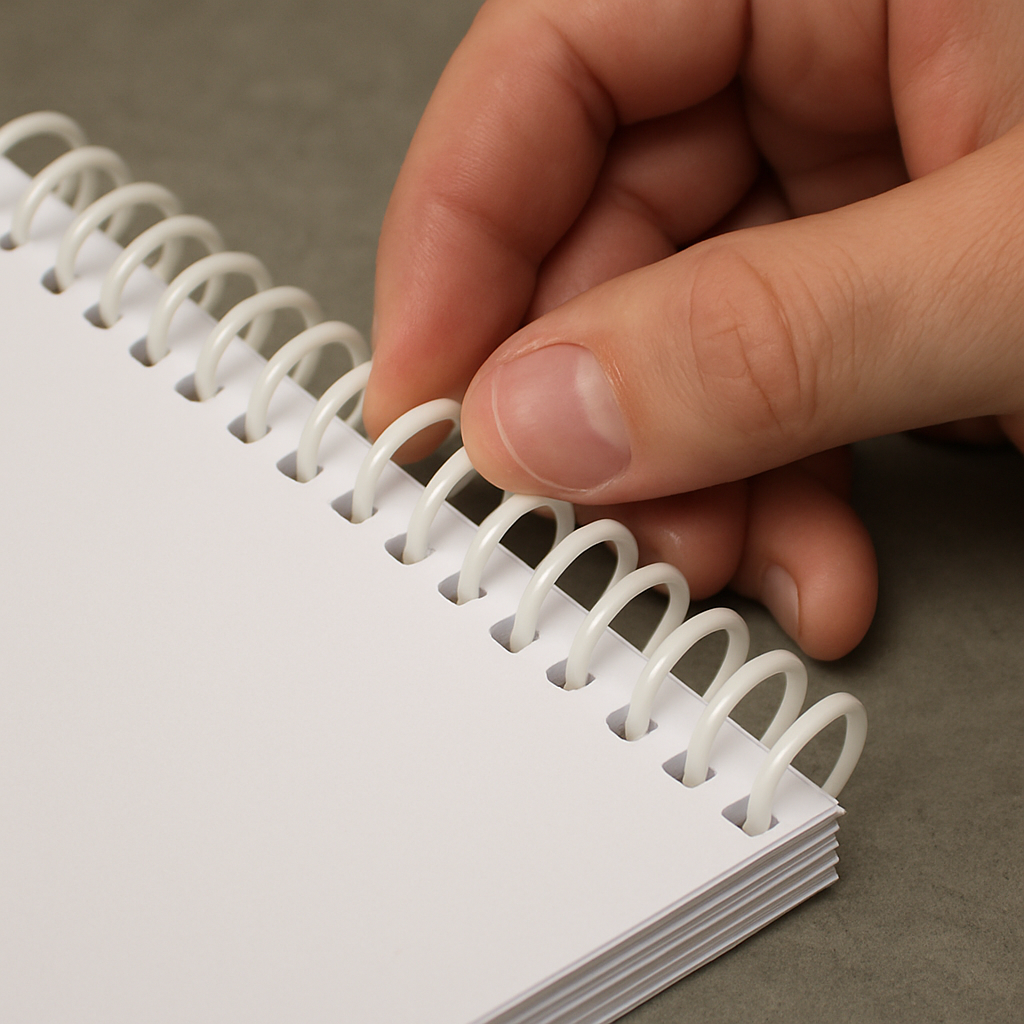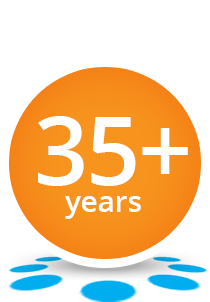Plastic Coil Book Binding & Spiral Binding Explained
The process involves threading a plastic coil through holes along the document's edge. This allows the book to lay flat when open, which is ideal for manuals and guides. The coils come in various colors and sizes, offering customization options.
Compared to other methods, plastic
Plastic
Whether for personal or professional projects, plastic
What is Plastic Coil Book Binding ?
This binding technique offers several benefits that enhance the usability of a document. Among its standout features is its capacity to allow books to lie flat when opened, making it easy for readers to use without hassle. It's a highly preferred option for documents that require frequent reference, like cookbooks and manuals.
The coils used in this method are made from lightweight and flexible materials. This contributes to the ease of handling the document. Additionally, many coils are produced using recyclable materials, making this an environmentally conscious choice.
Key features of
- Flexibility and durability
- Custom color and size options
- Lightweight and environmentally friendly materials
The popularity of
How Plastic Coil Binding Works: The Process Explained
Plastic
First, holes are punched along the edge of the document. A binding machine is often used for this, ensuring precision and alignment. The holes are typically round, and their number varies based on the document's size.
Once the holes are prepared, the plastic coil is threaded through them. This step can be done manually, though machines can simplify the task, especially for thicker documents. The coil's flexibility allows it to seamlessly pass through the holes.
Finally, the coil ends are crimped to prevent unraveling. Crimping secures the binding, adding durability to the finished document. Crimping pliers or machine attachments are usually employed for this task, ensuring a neat finish.
Steps in the plastic
- Punch holes along the document's edge
- Thread the coil through the holes
- Crimp the coil ends for stability
This binding process ensures that documents remain intact and presentable. It offers a streamlined method to create durable, professional-looking books.
Key Benefits of Plastic Coil Book Binding
Another advantage is the flexibility provided by plastic
The customization options available with plastic coils are also noteworthy. Coils come in various colors and sizes, allowing for personalized and aesthetically pleasing finishes. Whether you need to bind a small report or a large manual, there is a coil that fits your needs.
Main benefits of plastic
- Durability and resistance to damage
- Flexibility for easy page turning
- A wide range of customization options
In summary,
Common Uses and Applications
In business environments, plastic
Individuals also enjoy using plastic
Common uses include:
- Educational materials
- Business reports
- Personal notebooks
Choosing the Right Supplies and Equipment
Choosing the right supplies and equipment is crucial for effective
Investing in a quality binding machine can significantly affect the binding process. Options range from manual machines, suitable for low-volume needs, to electric machines for high-volume projects. Consider the machine's punching capacity and flexibility to handle different coil sizes.
Additional supplies like covers and dividers enhance document protection and presentation.
Key considerations include:
- Coil diameter to match document thickness
- Manual or electric binding machine
- Covers and dividers for added protection
Tips for Professional Results with Coil Binding
Achieving professional results with
When inserting the coil, take care to avoid over-tightening. This allows the book to lay flat and pages to turn smoothly. Crimping the coil ends secures the binding and enhances durability.
Consider these tips:
- Double-check page alignment and punching.
- Avoid over-tightening during coil insertion.
- Secure ends with proper crimping.
By following these tips, your bound documents will maintain a high-quality look and functionality.
Is Plastic Coil Book Binding Right for You?
If you need a binding method that accommodates frequent use and various document sizes, consider
Take Care,
Rick
